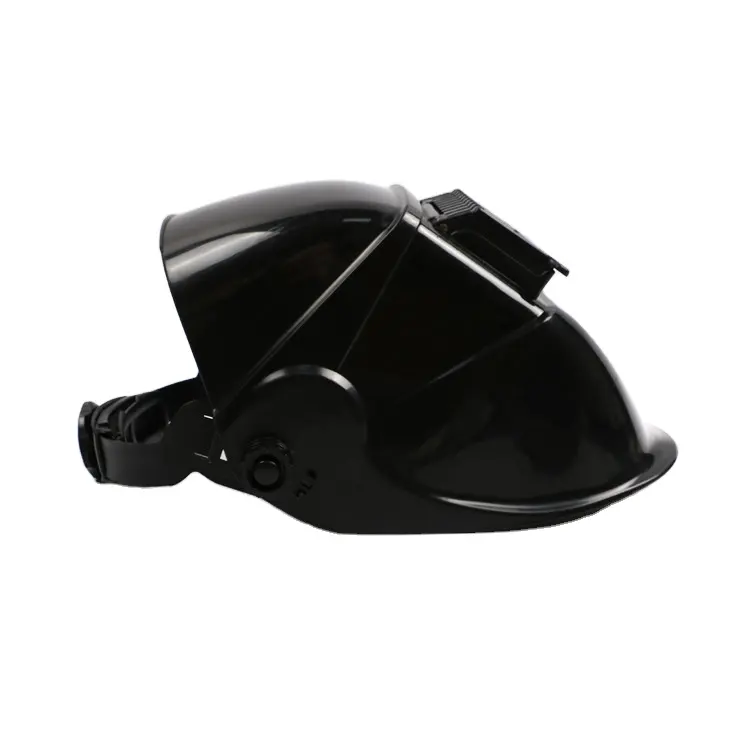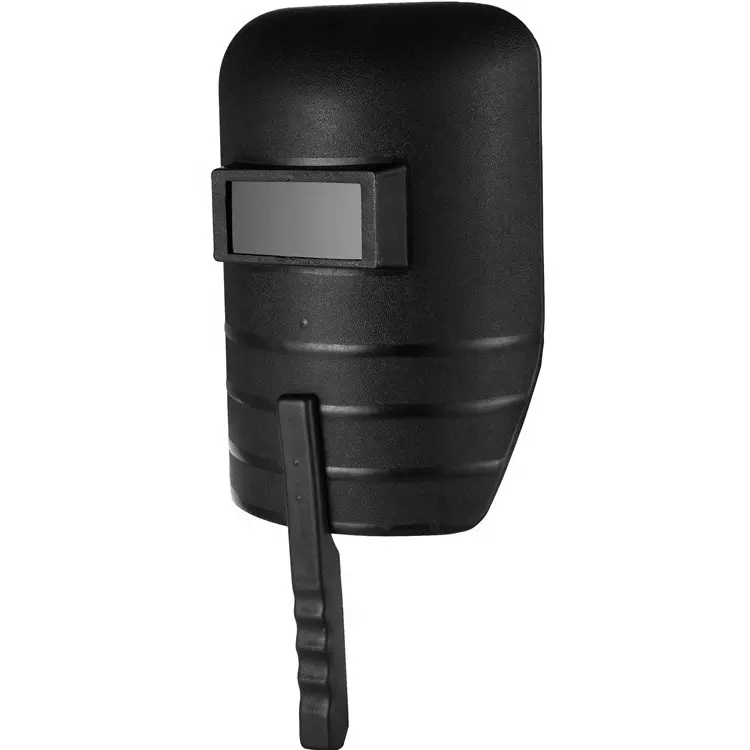Welding helmets have evolved over the years to incorporate a range of features that enhance safety, comfort, and functionality. These features are designed to meet the specific needs of welders and make their work more efficient and secure. Here are some key features you can find in modern welding helmets:
- Auto-Darkening Lenses: Auto-darkening welding helmets feature lenses that automatically adjust their shade level in response to the intensity of the welding arc. This technology offers optimal protection for the eyes and eliminates the need for repeatedly lifting the helmet to check work progress.
- Variable Shade Control: Welding helmets often have a variable shade control, allowing welders to manually adjust the lens shade to a comfortable level. This feature is useful when working with various welding processes and materials.
- Grinding Mode: Many welding helmets include a grinding mode, which allows welders to switch to a clear shade for grinding and cutting tasks without having to remove the helmet. This convenient feature saves time and maintains safety.
- Reaction Time: The reaction time of the auto-darkening lens is an important consideration. Faster reaction times reduce the time your eyes are exposed to intense light, minimizing the risk of eye strain or damage.
- Sensitivity Adjustment: Sensitivity adjustment allows you to control how the lens reacts to different welding arcs. Higher sensitivity settings can be useful for low-amperage welding, while lower settings are ideal for high-amperage processes.
- Delay Control: Delay control determines how long the lens stays dark after welding. Adjustable delay times enable you to have a clear view of your work immediately after welding, which can be important for inspection and assessment.
- Arc Sensors: Most welding helmets are equipped with multiple arc sensors that detect the presence of an arc. The number of sensors can vary, but having more sensors generally ensures better responsiveness, especially when the arc is not directly in your line of sight.
- Optical Clarity: The optical clarity of the lens affects your visibility while welding. High-quality helmets offer clear and distortion-free views, enabling you to see your work with precision.
- Adjustable Headgear: Quality welding helmets have adjustable headgear and suspension systems that allow you to customize the fit to your head. A comfortable fit is essential for reducing discomfort during long welding sessions.
- Comfort Padding: Some helmets come with comfort padding around the headband and sweatbands to enhance comfort and reduce pressure points.
- Respiratory Protection: Advanced welding helmets may offer respiratory protection in the form of powered air purifying respirators (PAPR) or supplied air systems. These provide clean, filtered air to the welder, preventing the inhalation of harmful fumes and particles.
- Customization Options: Many welding helmets offer customization options, including different lens shades, helmet graphics, and accessories to suit your preferences and work requirements.
- Bluetooth and Communication: Some modern helmets are equipped with Bluetooth technology, enabling you to connect to your smartphone or other devices for communication and entertainment while working.
- Lightweight Materials: Lightweight helmet materials reduce strain on the neck and improve comfort, particularly during prolonged welding tasks.
- Solar-Powered: Solar-powered helmets use the energy from the welding arc to recharge the battery, extending the life of the helmet and reducing the need for frequent battery replacements.
Exploring these features can help you choose the welding helmet that best meets your specific needs and preferences, enhancing your safety and efficiency while working.


